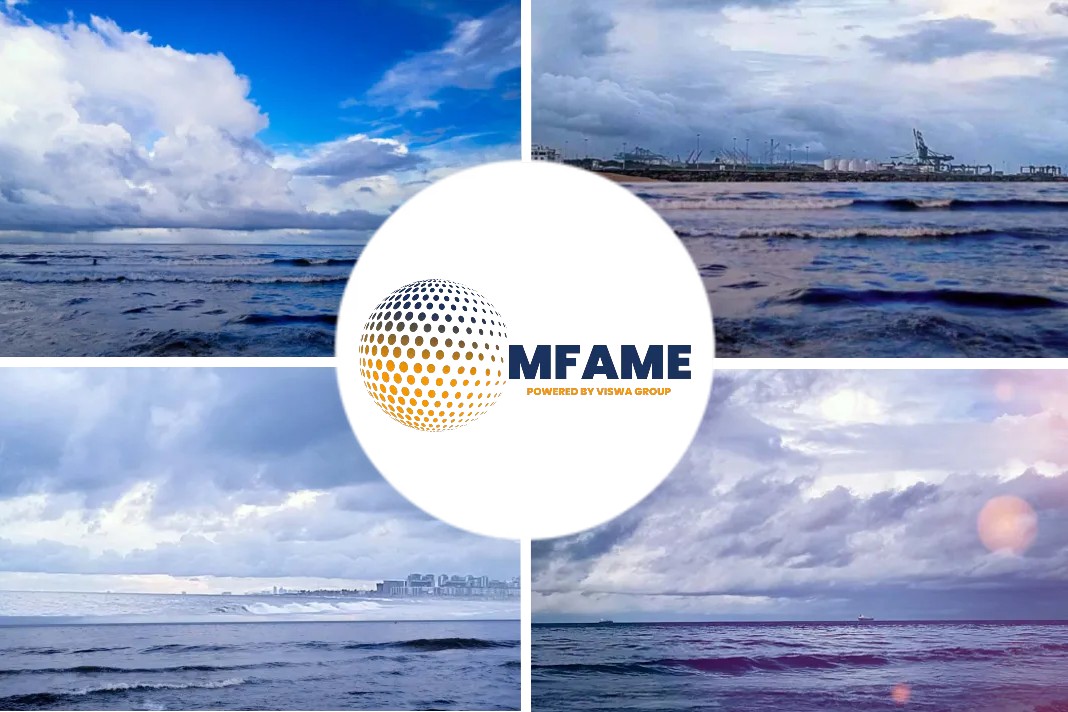Demand for LNG on a rise in Nordics Marine Market. Skangas today announced that it completed 1,000 liquid natural gas (LNG) bunkering operations in 2017, representing more than 60% increase over previous years.
Quest for clean fuel triggers demand
Why the increase? According to Skangas, the driving force behind this rise rests in the supply of new vessels both in regular routes and in tramp/spot market. The market has been waiting for the LNG bunkering vessels, which is the practice of delivering LNG to ships to use as fuel for their own consumption.
“As more and more operators convert their ships to clean fuel with LNG and dual-fuelled engines to power them, demand has risen significantly,” said Gunnar Helmen, Sales Manager – Marine for Skangas. “This is particularly true in European waters where, until recently, most of the traffic consisted of ferries and RoPax cruise ferries routinely traveling set routes. Today, the supply pattern is more diverse due to the use of a greater variety of vessels, that require different types of bunkering solutions. And we are responding directly by offering a number of solutions for this market.”
LNG is the cleanest available marine fuel; one that is rapidly becoming a commonly used as a cost-effective alternative. LNG is suitable for all vessel types, including ferries, passenger ships, tankers, bulk supply and containerships. LNG offers several benefits by reducing local and global pollution. Switching to LNG completely removes SOx and particulates, and reduces NOx emissions by 85%. In addition, LNG reduces CO2 emissions by at least 20%. Use of LNG as marine fuel result in compliance with current and forthcoming IMO and EU regulations.
Custom bunker vessel Coralius ushers in ship-to-ship bunkering
Anticipating the marine market’s desire to convert to cleaner fuels, Skangas has made a concerted effort to make LNG more accessible. In addition to expanding infrastructure and improving bunkering techniques, the company put its new customized bunker-feeder vessel Coralius into operation in 2017, ushering in a new era of efficiency in LNG bunkering.
The Coralius, which delivers LNG through ship-to-ship bunkering at sea, has improved the company’s ability to be more flexible and responsive to vessels that require LNG without visiting a terminal or port. Ship-to-ship bunkering is just one of the ways that Skangas supplies LNG. Vessels also easily access LNG directly from the Skangas network of terminals, its production facility near Stavanger, and via truck-to-ship bunkering at seaports throughout the Nordics.
Truck-to-ship bunkering tops list
During 2017, the 1,000 LNG bunkering operations were carried out as follows:
- Truck-to-ship in port: 60%
- Terminal-to-ship: 38% (Including the Skangas LNG production facility)
- Ship-to-ship in port or at sea: 2%
As responsible marine transport and shipping companies seek cleaner fuel alternatives to power their fleets, Skangas expects demand for LNG by the marine market to increase significantly during the coming years. “Already, the number of bunkering operations we’ve executed for the marine market is higher than in Q1 2017,” said Helmen. “Clearly, 2018 is set to be another exciting year for Skangas, as we continue to provide readily accessible LNG to industries that operate at sea and onshore throughout the Nordics.”
Did you subscribe for our daily newsletter?
It’s Free! Click here to Subscribe!
Source: Skangas

















